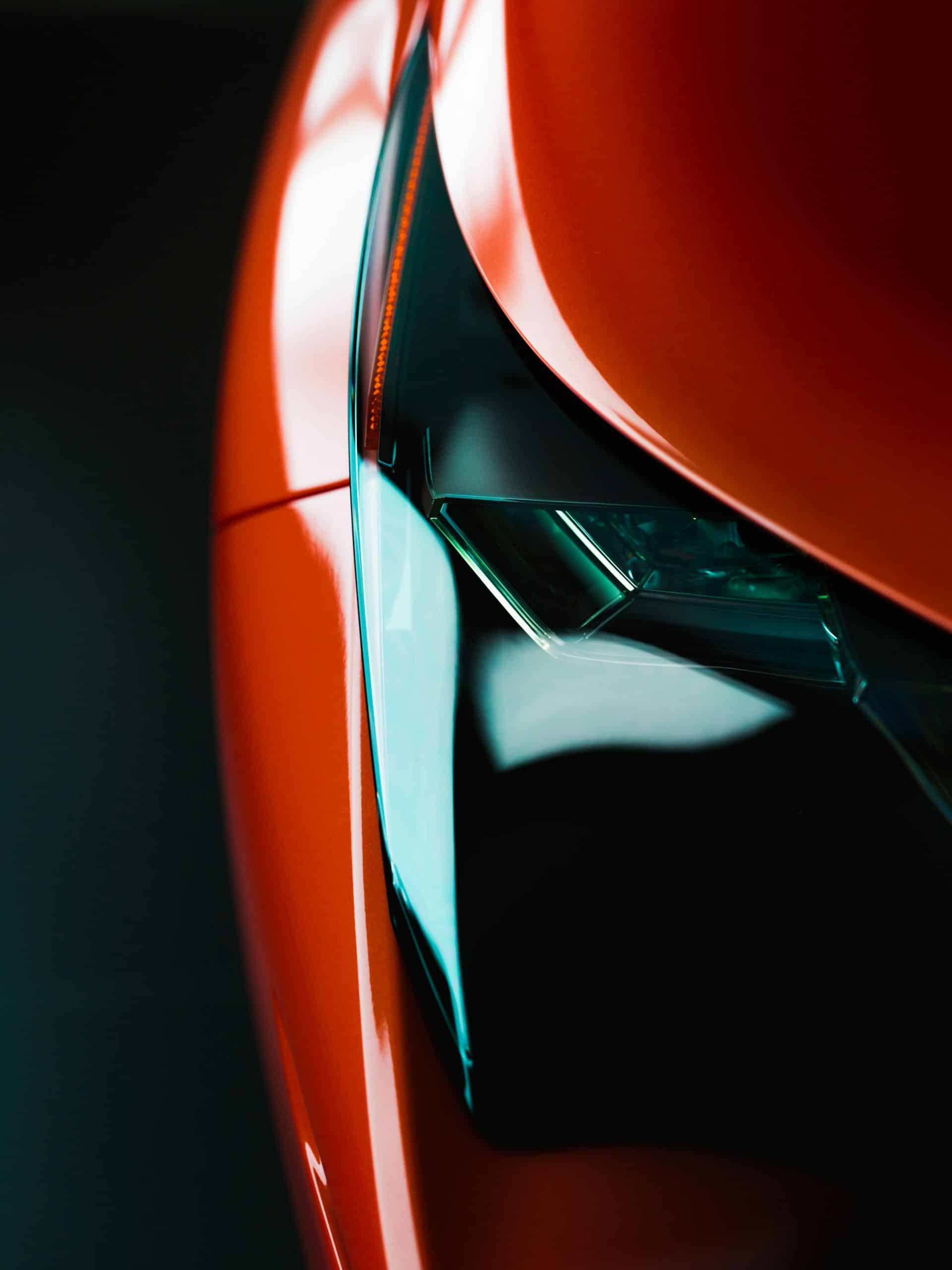How to Optimize the Aerodynamics of a Lotus Exige with a Front Splitter and Rear Wing?

In the world of high-performance cars, the Lotus Exige is a standout. Its lightweight construction, powerful engine, and razor-sharp handling make it a favorite among track enthusiasts. However, to achieve the ultimate performance on the track, you can fine-tune the aerodynamics of your Exige with aftermarket modifications, such as a front splitter and rear wing. These components work by manipulating the airflow around the car to increase downforce, reduce drag, and enhance high-speed stability. Let’s delve into the details of how these aero parts can improve your Exige’s performance.
The Science behind Aerodynamics
Aerodynamics is a pivotal aspect in the world of cars, especially when it comes to high-speed racing. The relationship between a car and the air it moves through is a delicate balance of forces. An optimized aerodynamic configuration can make a significant difference in terms of speed, handling, and fuel efficiency.
A lire en complément : What Are the Best Practices for Upgrading the Infotainment System in a 2016 Skoda Octavia?
Understanding how air interacts with the car begins with recognizing two primary aerodynamic forces: downforce and drag. Downforce is the vertical force exerted on a car as it moves through the air, pushing the car into the track to increase traction and cornering speed. Drag, on the other hand, is the resistance a car experiences as it moves through the air, thereby limiting the car’s top speed.
A front splitter and rear wing can manipulate these forces to the car’s advantage. The splitter, attached at the car’s front, helps generate downforce by redirecting air underneath the car, creating a high-pressure zone on top and a low-pressure zone underneath. This differential increases the grip of the front tires, enhancing the car’s cornering ability. In contrast, the rear wing, positioned at the car’s rear, works by creating a downward force on the back tires, keeping them firmly on the ground, thus, reducing oversteer and enhancing stability at high speeds.
Avez-vous vu cela : How to Install a Performance Short Shifter in a VW Polo GTI for Quicker Gear Changes?
Enhancing the Lotus Exige with a Front Splitter
The Lotus Exige is a track-focused sport car, boasting a mighty engine pushing out over 400 bhp at 7000 rpm. It exudes power and speed, but it’s the addition of a front splitter that can truly optimize its aerodynamic prowess.
A front splitter extends out from the front of the car, functioning like a small wing. It works by blocking the air from going under the car, and by creating an area of high-pressure air on top of the splitter. This air is then channeled around the sides and underneath the car, creating downforce at the front end. The increased downforce ensures that the front wheels have more grip, enabling the Exige to navigate corners at higher speeds without losing traction.
By adding a front splitter to your Lotus Exige, you effectively lower the car’s aerodynamic centre of pressure, making it more stable and controllable at high speeds. The front splitter also protects the front bumper from scrapes and damages that can occur during low ground clearance situations on the track.
Optimizing with a Rear Wing
Just as a front splitter can improve the Exige’s front end downforce, a rear wing can significantly impact the car’s rear downforce. A rear wing is not just for aesthetics; it serves a critical function in enhancing a car’s stability and cornering speeds.
The rear wing works by disrupting the airflow at the rear of the car, creating a high-pressure zone above the wing and a low-pressure zone beneath it. This pressure difference generates downforce at the rear end, keeping the rear wheels firmly planted on the track.
A rear wing’s effectiveness is not just about its size but also its position. The optimal height and angle of attack of the wing can differ based on the car’s design and the specific track conditions. For the Lotus Exige, a high-mounted, adjustable rear wing can provide the best results, allowing for fine-tuning of the downforce levels to match the conditions of the day.
Fine-Tuning Your Lotus Exige’s Aerodynamics
Once you have installed a front splitter and rear wing on your Lotus Exige, the process of fine-tuning the car’s aerodynamics begins. This involves adjusting the angle of the wing and the splitter for optimal aerodynamic balance.
The goal is to balance the downforce generated at the front and rear of the car. Too much downforce at the front can lead to understeer, where the car tends to go straight instead of turning. Conversely, too much downforce at the rear can lead to oversteer, where the rear of the car swings out in a turn.
This fine-tuning process is about finding the perfect balance, making minor adjustments, testing the car on the track, and noting its behavior. It’s a trial-and-error process that requires patience, but the results can be extraordinarily rewarding, transforming your Lotus Exige into a more potent track weapon.
In summary, optimizing the aerodynamics of your Lotus Exige with a front splitter and rear wing can dramatically increase its performance on the track. These components improve downforce, reduce drag, and enhance stability at high speeds. Remember, though, that installing these parts is just the first step; fine-tuning their settings to suit your driving style and the track conditions is crucial to fully unleashing your Exige’s potential.
The Impact of Wind Tunnel Testing on the Lotus Exige
Wind tunnel testing is a crucial aspect of optimizing the aerodynamics of any high-performance car, including the Lotus Exige. This testing method allows engineers to observe and manipulate how air flows over and under a car. With the Exige’s lightweight design and high top speed, understanding the most efficient ways to manage airflow can significantly enhance its performance.
The primary purpose of wind tunnel testing is to minimize drag while maximizing downforce. Generally, the Lotus Exige, like most high-performance cars, is designed with a sleek, aerodynamic shape that naturally reduces drag. However, when it comes to achieving that crucial balance of downforce at the front and rear, aftermarket modifications like the front splitter and rear wing become essential.
In the wind tunnel, scientists can use smoke or tufts of yarn to visualize the airflow over the car. They can then adjust the angle and position of the front splitter and rear wing to see how these changes affect the air patterns. By making incremental adjustments and observing their effects, engineers can find the most aerodynamically efficient configuration for your Exige.
Moreover, wind tunnel testing allows for the simulation of different conditions that the Lotus Exige might face on the track. By altering wind speeds and directions, engineers can optimize the Exige’s aerodynamics for various scenarios, ensuring that your car performs at its best, whether on a calm day or in gusty conditions.
Conclusion: Unleashing the Full Potential of Your Lotus Exige
The Lotus Exige is a potent track car right out of the box, with a powerful lotus engine that can propel it to thrilling speeds in mere seconds. However, to truly unlock its potential and achieve that sought-after top speed, attention must be paid to its aerodynamics.
By installing a front splitter and rear wing, you can significantly enhance the Exige’s downforce, improving its cornering ability and high-speed stability. Remember, though, that these components aren’t just bolt-on-and-forget parts. They require fine-tuning and adjustment to suit the specific conditions of the track and your driving style.
Moreover, wind tunnel testing can provide invaluable insights into how air flows over and under your Exige, allowing for precise adjustments to your front splitter and rear wing. This can make a world of difference, transforming your Exige from a high-performance sports car into a bona fide race car.
In conclusion, the process of optimizing the aerodynamics of your Lotus Exige is a nuanced one. It requires understanding the science behind aerodynamics, choosing the right components, and investing time and patience in fine-tuning your setup. However, the result – an Exige that is more stable, responsive, and faster than ever – is well worth the effort. And remember, whether on the open road or the racetrack, always drive responsibly.
